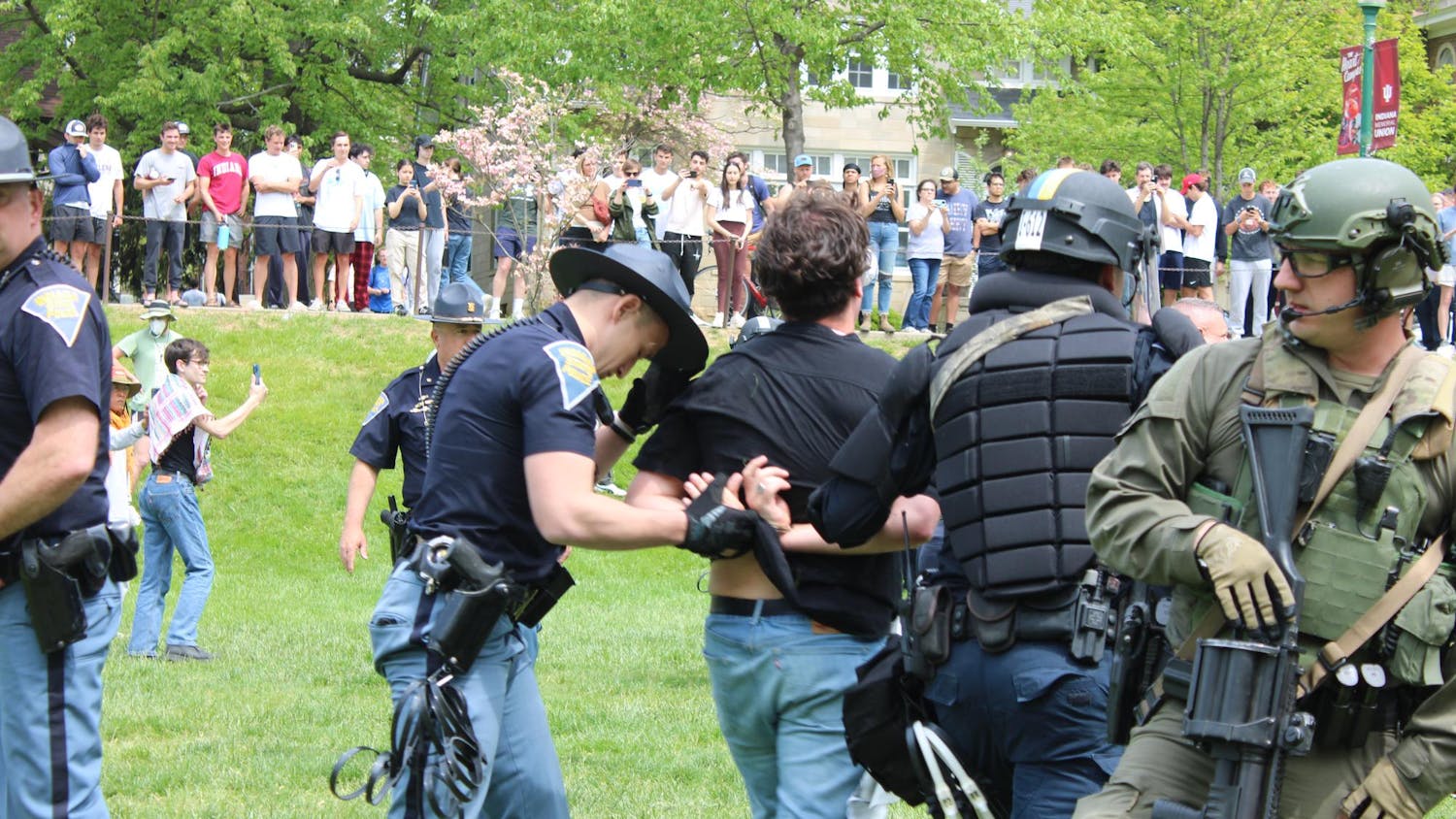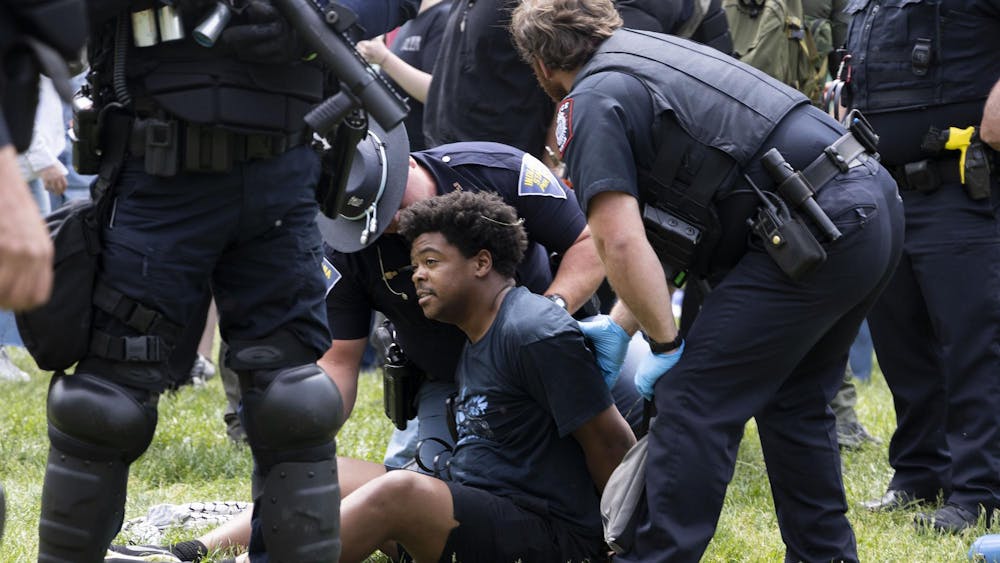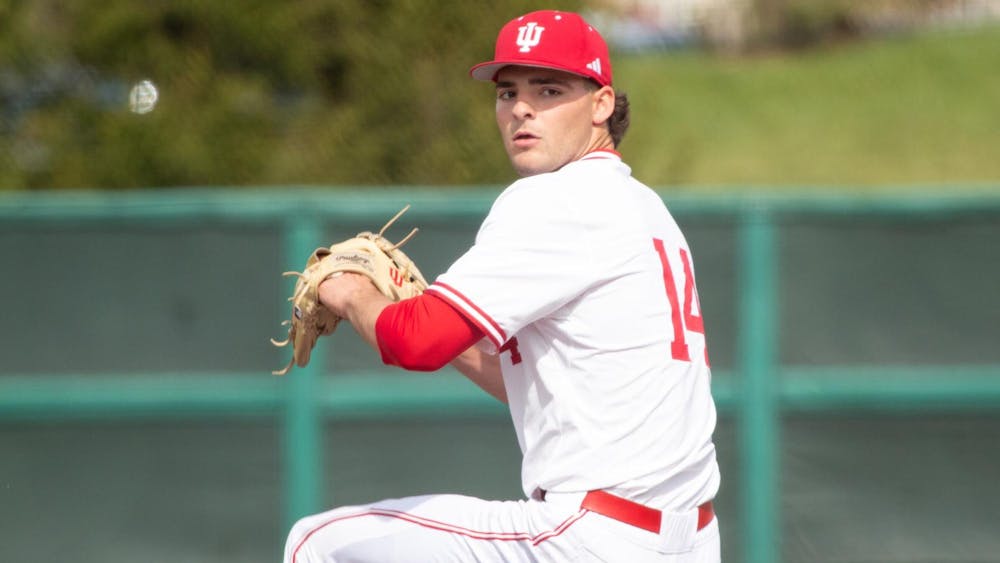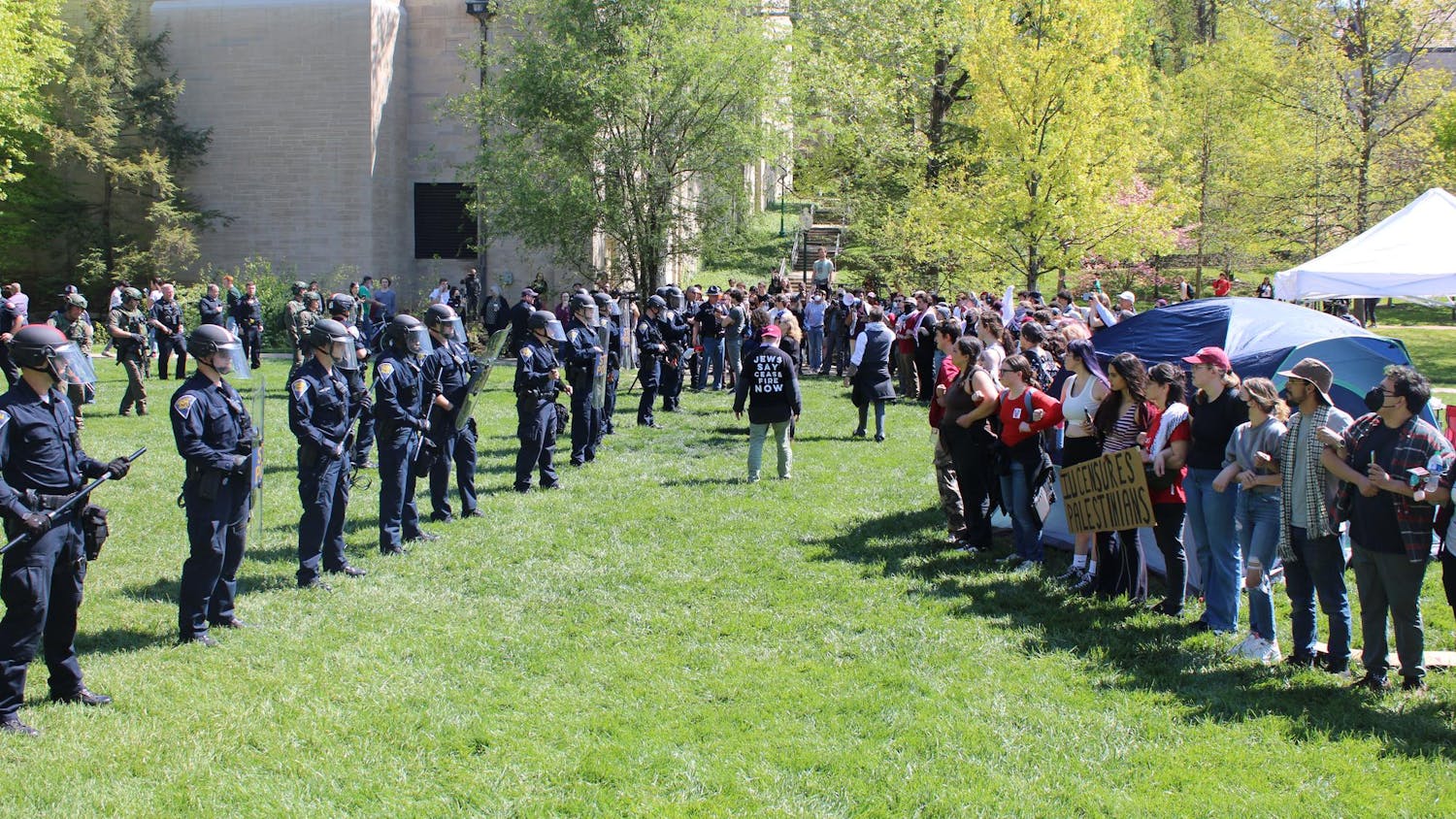IU, famed since the early days of the Cold War for its language\nprograms, is now the only university in North America to offer the\nKurmanji dialect of Kurdish.\n"IU has a long tradition of exotic languages, and deans approached\nabout new language courses tend to be sympathetic," said John\nWalbridge, chair of the Department of Near Eastern Languages and\nCultures and director of the Middle Eastern and Islamic studies\nprogram at IU.\n"Kurdish is the most important Middle Eastern language that isn't commonly taught, and this is a great opportunity to develop our program of regional languages," he said. \nKurmanji, also called Northern Kurdish, is the most widely spoken dialect of the language, used by approximately half of the estimated 27 to 30 million Kurds worldwide, most are from Iran, Iraq and Turkey, with smaller populations in Syria, Lebanon, the Caucuses and Central Asia, a new release said. Kurdish is classified as an Iranian language and is closely related to Persian, Tajik and Pashto, all of which are also taught at IU. \nThe opportunity to offer Kurdish came when Kutbettin Kilic, an ethnic Kurd from Istanbul, Turkey, applied to the doctoral program in NELC. \n"We were able to arrange a fellowship for him to teach the language class," though a formal Kurdish program had not existed before this year, Walbridge said. \nKilic said he is enthusiastic about teaching his native language in the United States. \n"We have five students in the class, which is a very good number for the first year of the only program in North America," he said. "Arabic, Turkish and the other Middle Eastern languages have states and governments supporting them, sending students abroad and promoting the teaching of these languages. This is really a great opportunity to finally promote Kurdish." \nThis year NELC is offering only first-year Kurdish, which meets five days each week. The department plans to offer at least second-year Kurdish next year and possibly other dialects of Kurdish in the future, said Martha Held, a graduate student in NELC who was actively involved in organizing the course. \nGraduate student Maryah Converse jumped at the chance to take the class. \n"I study Arabic as well and hope to work for a humanitarian organization in the Middle East," she said. "Kurdish would be very useful, especially in Iraq." \nJob opportunities for Kurdish speakers have increased tremendously in recent years, said Walbridge, and it is now also possible to conduct academic research in Kurdish areas. \n"Turkey has opened up to the point where research can be done in the Kurdish regions there, and hopefully in the future the situation in northern Iraq will stabilize to that point too," he said. \nGraduate student Suncem Kocer is a native of Turkey where, until recently, teaching Kurdish was illegal. \n"Even now, it's bureaucratically difficult to set up a Kurdish language program in Turkey," she said. "I've always wanted to take Kurdish, which would help my research on anthropology and ethnic identity." \nKocer laughed at the fact that she finally got the chance in Indiana to study a language so widely used in her own country.\n"This is a great opportunity. The class is small, so we get a lot of speaking practice," she said. "I'm so glad I've been able to do this here"
IU first American university to teach Kurdish dialect
Introductory class currently has 5 students enrolledv
Get stories like this in your inbox
Subscribe





